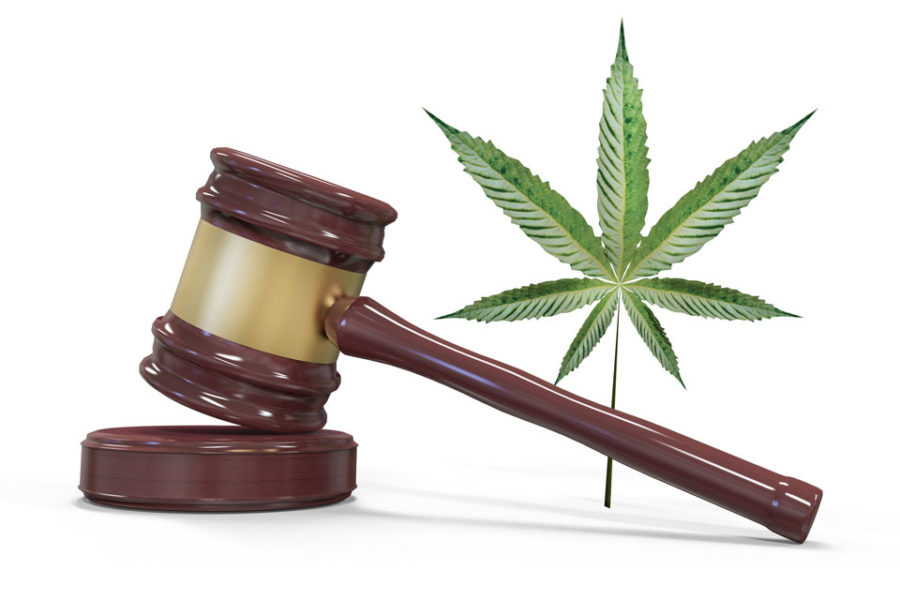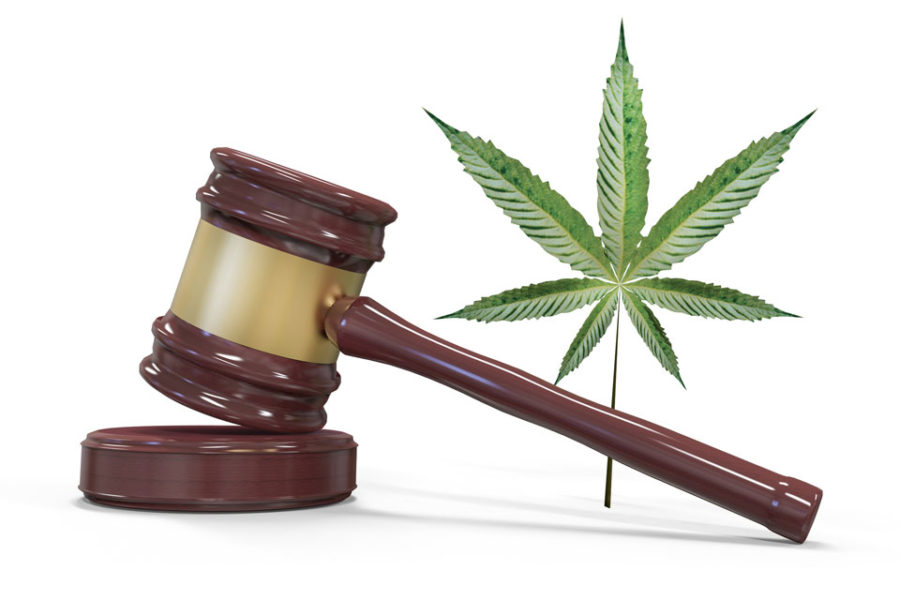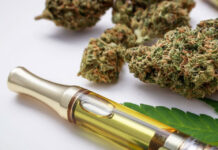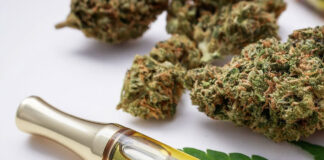
October 9, 2019
There has been some confusion and misinformation circulating about what New York’s latest expansion of marijuana decriminalization means and what impact it will have on criminal prosecutions going forward.
The Short Synopsis of the Offenses and Sentences
There are 2 provisions of New York’s Penal Law that relate marijuana-related offenses. Penal Law 220 relates to “controlled substances” offenses which include possession of “concentrated cannabis” which is defined as being more than 2 1/2% by volume of the total volume of cannabis seized. PL 220 then imposes escalating grades of punishment depending on the weight of concentrated cannabis. Simple possession of a very small amount of ‘concentrated cannabis’ is an A misdemeanor punishable by up to a year in jail. But, possession of just 1/4 ounce of concentrated cannabis is a D Felony and punishable by up to 7 years imprisonment.
Penal Law 221 is far more lenient as it specifically relates to cannabis flower penalizing possession based on the pure weight of the flower (minus root balls, stems, stalks, seeds, etc), not its chemical potency like PL 220 does. It too has escalating grades of punishment, but as of August 28, 2019, now permits much greater amounts to be possessed up to 2 ounces before a misdemeanor crime is actually committed. Possession of flower does not become a felony offense unless the defendant is in possession of more than 8 ounces with a corresponding maximum jail term of 4 years.
As of August 28, 2019, public consumption and possession of up to two ounces of cannabis flower is punishable as a marijuana possession violation (not a crime) and the sentence of that offense is a monetary fine up to $200 under Penal Law 221. However, possession or public consumption of wax, shatter, hashish, and/or cannabis oil which is more than 2 1/2% THC by volume, otherwise possessed in any amount, is still punishable as a “controlled substances” crime under Penal Law 220 which results in dramatically different consequences.
In addition to the potential length of incarceration, a significant difference between those two penal provisions under which marijuana-related offenses may be charge is that when charged under Penal Law 221, the criminal defendant may, over the objection of the prosecutor, request pursuant to Criminal Procedure Law 170.55 or 170.56 asking the court to adjourn the case in contemplation of dismissal (“ACD” or “MACD”). That means that if the person is not rearrested in a 6-12 month period, then the charges will automatically dismiss and all the records sealed as if the case never happened.
By contrast, a criminal defendant charged with a controlled substances offense for possession of “concentrated cannabis” (hash, oil, wax, shatter, etc) under Penal Law 220 cannot ask the Court to adjourn the charges in contemplation of dismissal and the court cannot do so without the consent of the Prosecutor. So, the criminal defendant is really at the mercy of the Assistant District Attorney who is handling the case. Worse, if convicted of the controlled substances misdemeanor under PL 220, in addition to the risk of incarceration, there are mandatory fines and surcharges as well as DNA fees and sample collections that can be imposed. Such convictions may not be subject to the newly enacted expungement provisions as they are “controlled substances” offenses and not “marijuana” offenses which were the sole targets for expungement under the new decriminalization law.
Legal Provisions
New York Penal Law defines all of the violations and crimes that are punishable in New York State. Drug-related offenses fall under those provisions of the penal code that considered offenses against Public Health and Morals. Those controlled substances which constitute drug offenses are defined and identified in the Public Health Law.
Under the Public Health Law 3302(4) “Concentrated Cannabis” is defined as:
(a) The separated resin, whether crude or purified, obtained from a plant of the genus Cannabis; or
(b) a material, preparation, mixture, compound or other substance which contains more than two and one-half (2 1/2%) by weight of delta-9 THC…
Under PHL 3302(5) a “Controlled Substance” means any substance listed in section 3306 of the PHL. “Marihuana” is a Schedule I controlled substance under PHL 3306(d)(13). Under PHL 3302(21) “Marihuana” means all parts of the plant of the genus cannabis, whether growing or not; the seeds thereof; the resin extracted from any part of the plant; and every compound, manufacture, salt, derivative, mixture, or preparation of the plant, its seeds or resin. It does not include the mature stalks of the plant, fiber produced from the stalks, oil or cake made from the seeds of the plant, any other compound, mixture, or preparation of the mature stalks (except extracted resin therefrom), fiber, oil, or cake, or the sterilized seed of the plant which is incapable of germination.
The distinguishing feature between “marihuana” and “concentrated cannabis” is greater than 2 1/2% concentration by volume requirement. Once that concentration threshold is exceeded, the arrestee may be charged with misdemeanor possession of either a controlled substance offense under PL 220 or the more lenient weight-based provisions of PL 221 that specifically pertain to marijuana.
The 2 1/2% potency threshold is by volume, so unlike other drugs, the medium in which it is contained, ie, the glass vial, pipe, etc., should not be weighed to raise the potential penalty since the inclusion of the weight of the medium may in fact reduce the potency determination as the wax, oil, etc, thereby reducing the concentration calculation.
While the Public Health Law 3306 and Penal Law 220 and 221 each address cannabis oil derived from the stalks and stems (but not the seeds), and resin, the determining feature is the 2 1/2% by volume threshold of demarcation to constitute a controlled substances offense. With the passage of the 2018 Farm Bill, any oil or flower with less than 0.3 THC by volume , is now deemed to be legal and that determination will be binding on the states due to Congress’ ‘commerce clause’ and power to regulate interstate commerce.
That means that in New York State, personal possession of any flower or oil which falls between 0.3% THC and 2 1/2% THC by volume should be prosecutable only under the more lenient provisions of Penal Law 221.
The sentences for each provision of the Penal Law are found in Penal Law 70.00 et seq.











